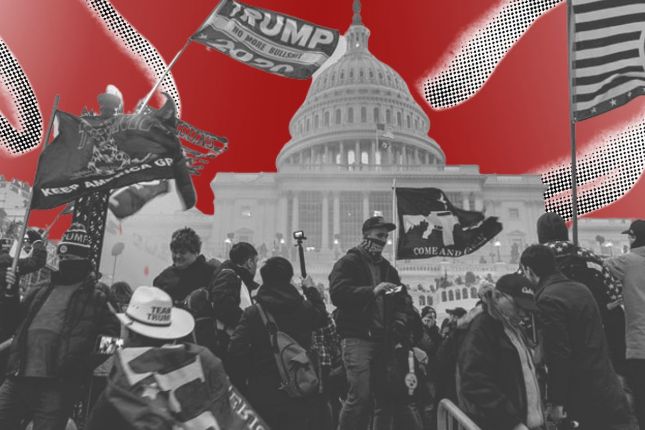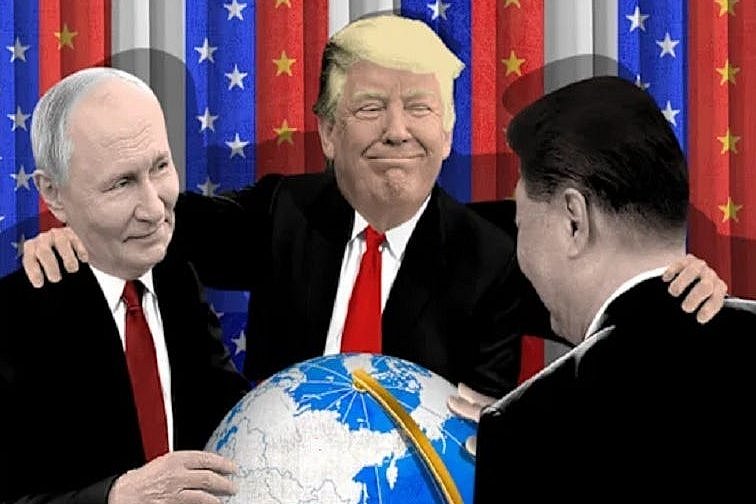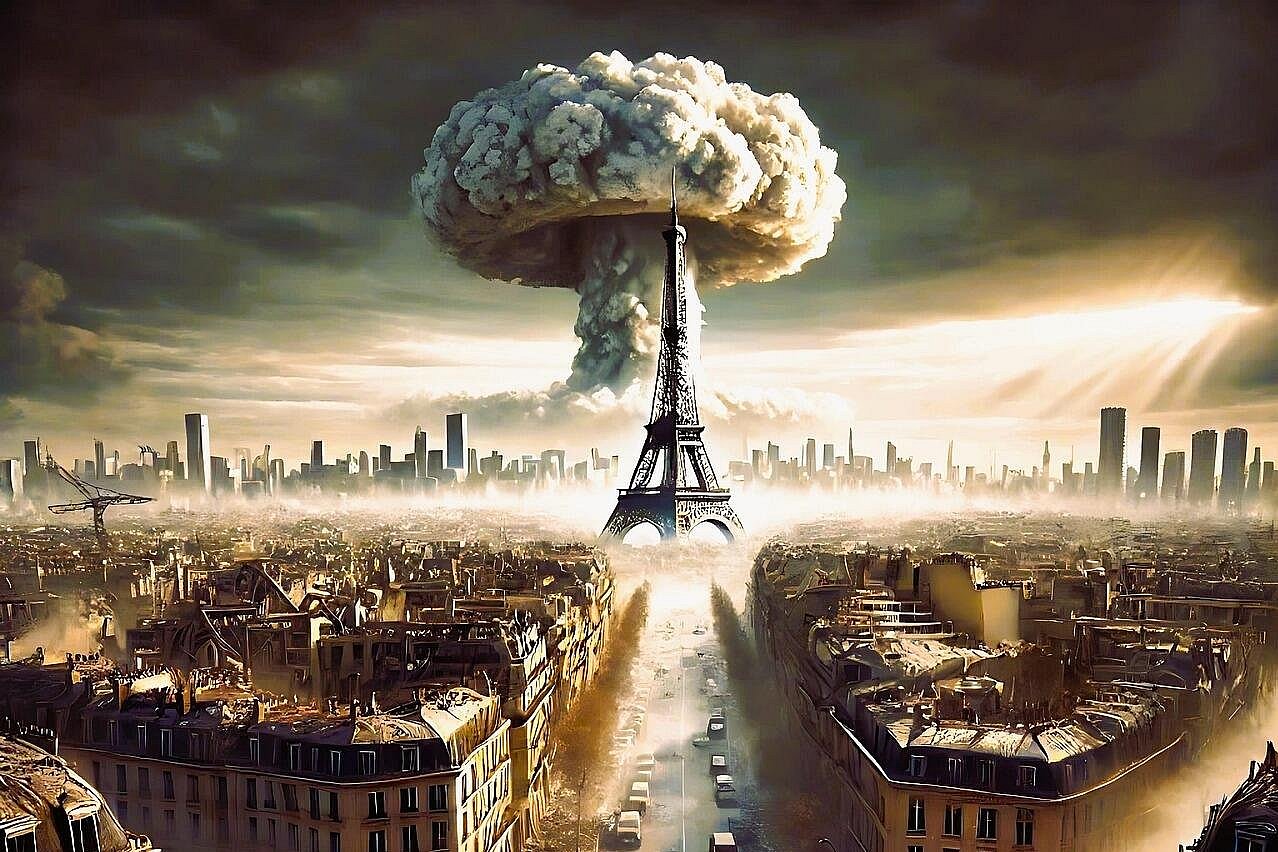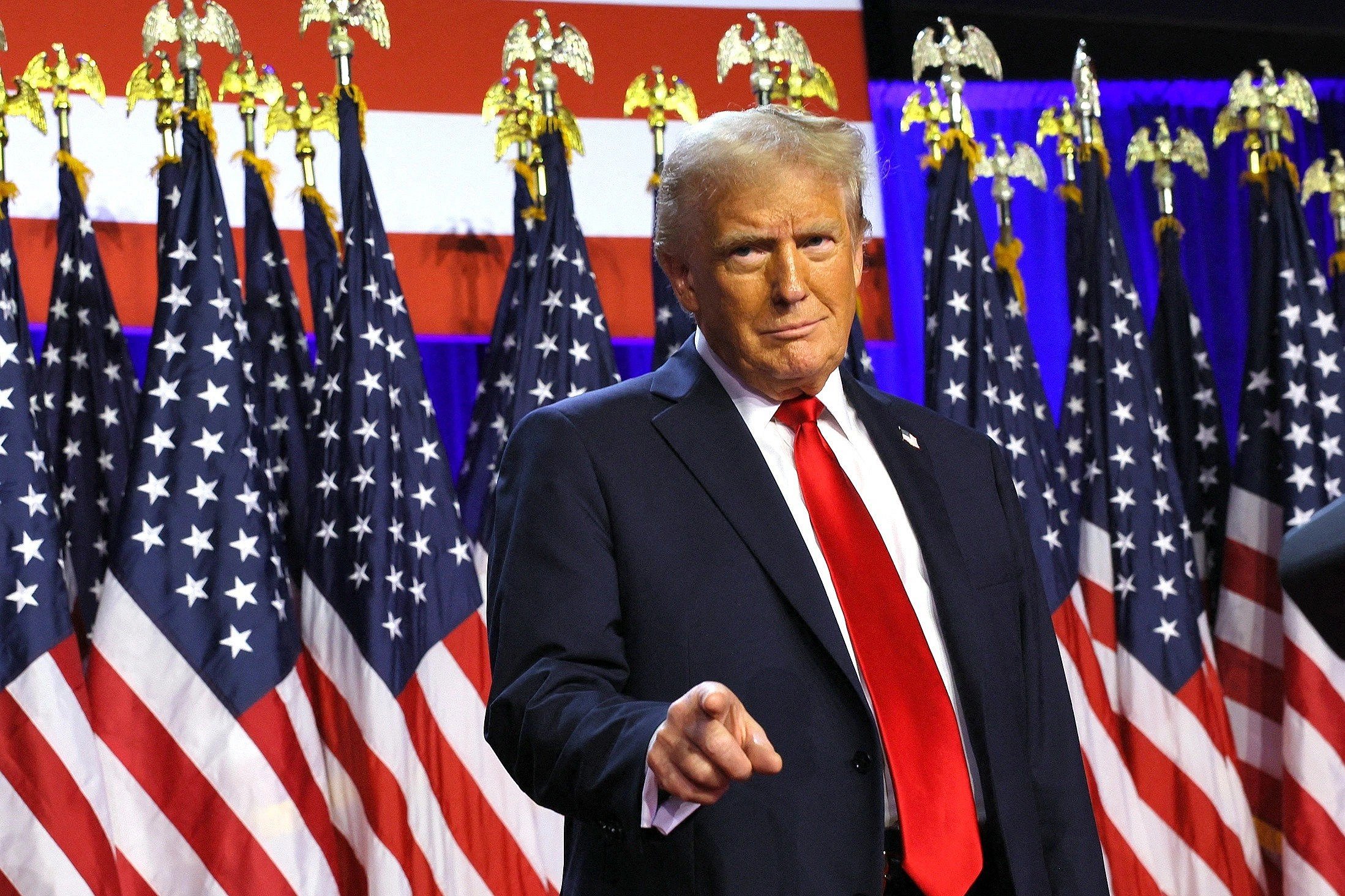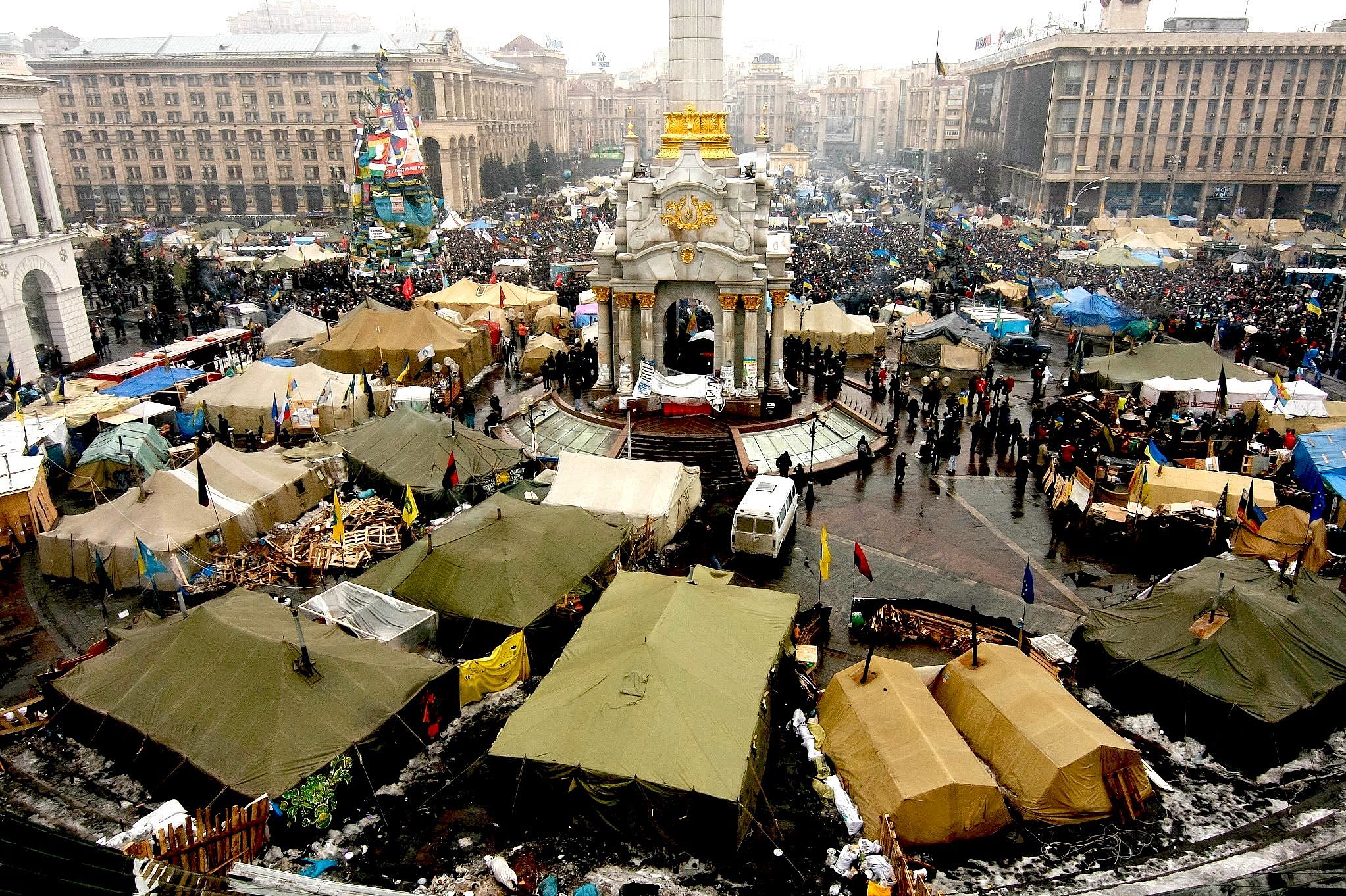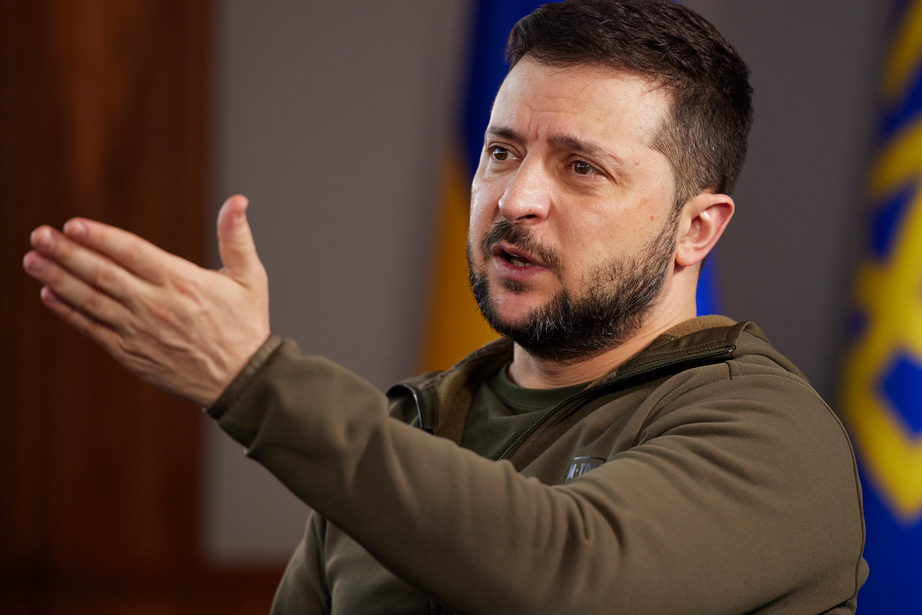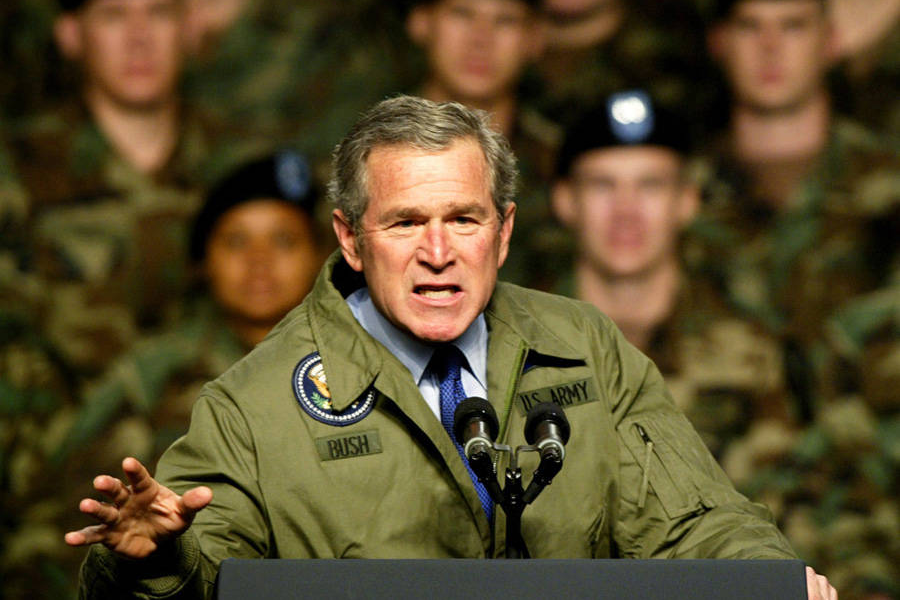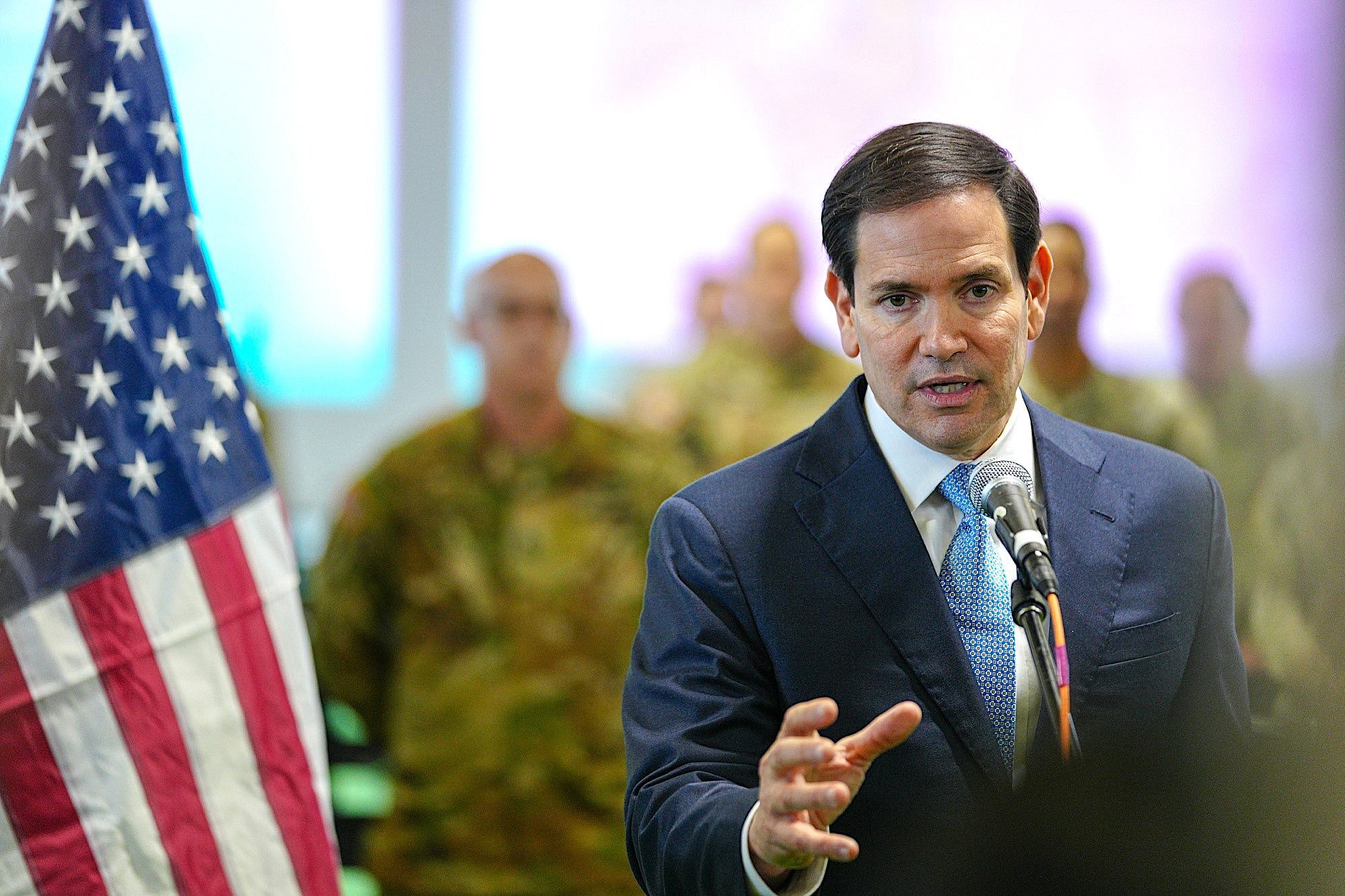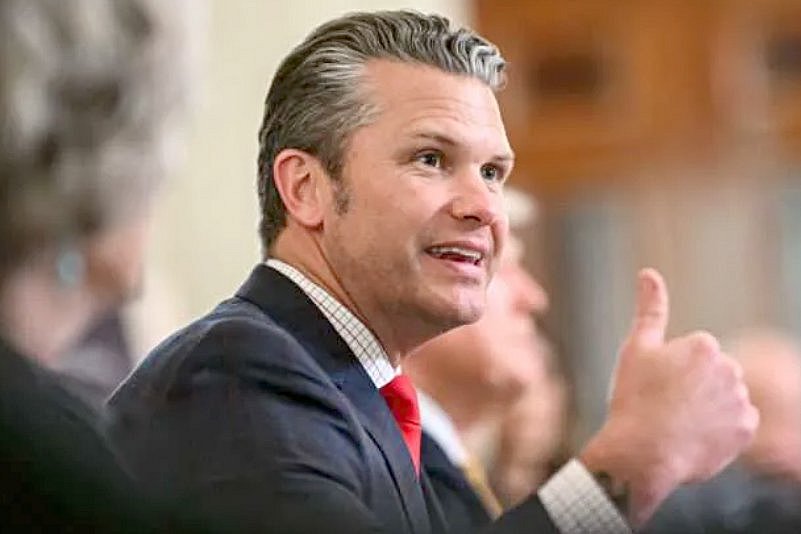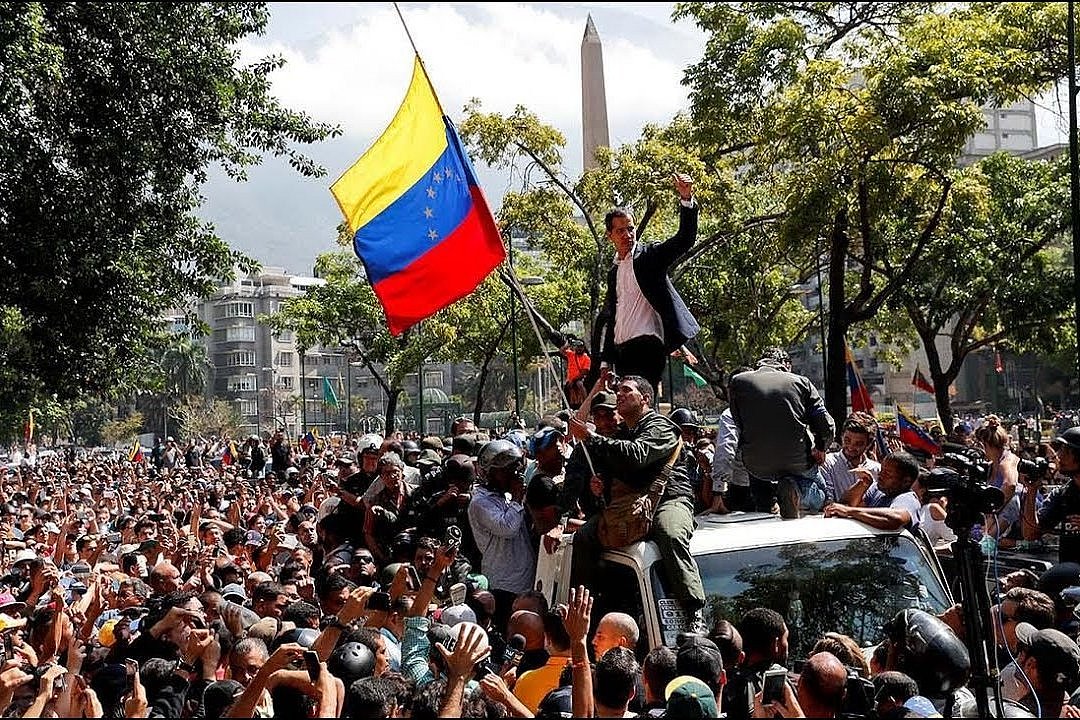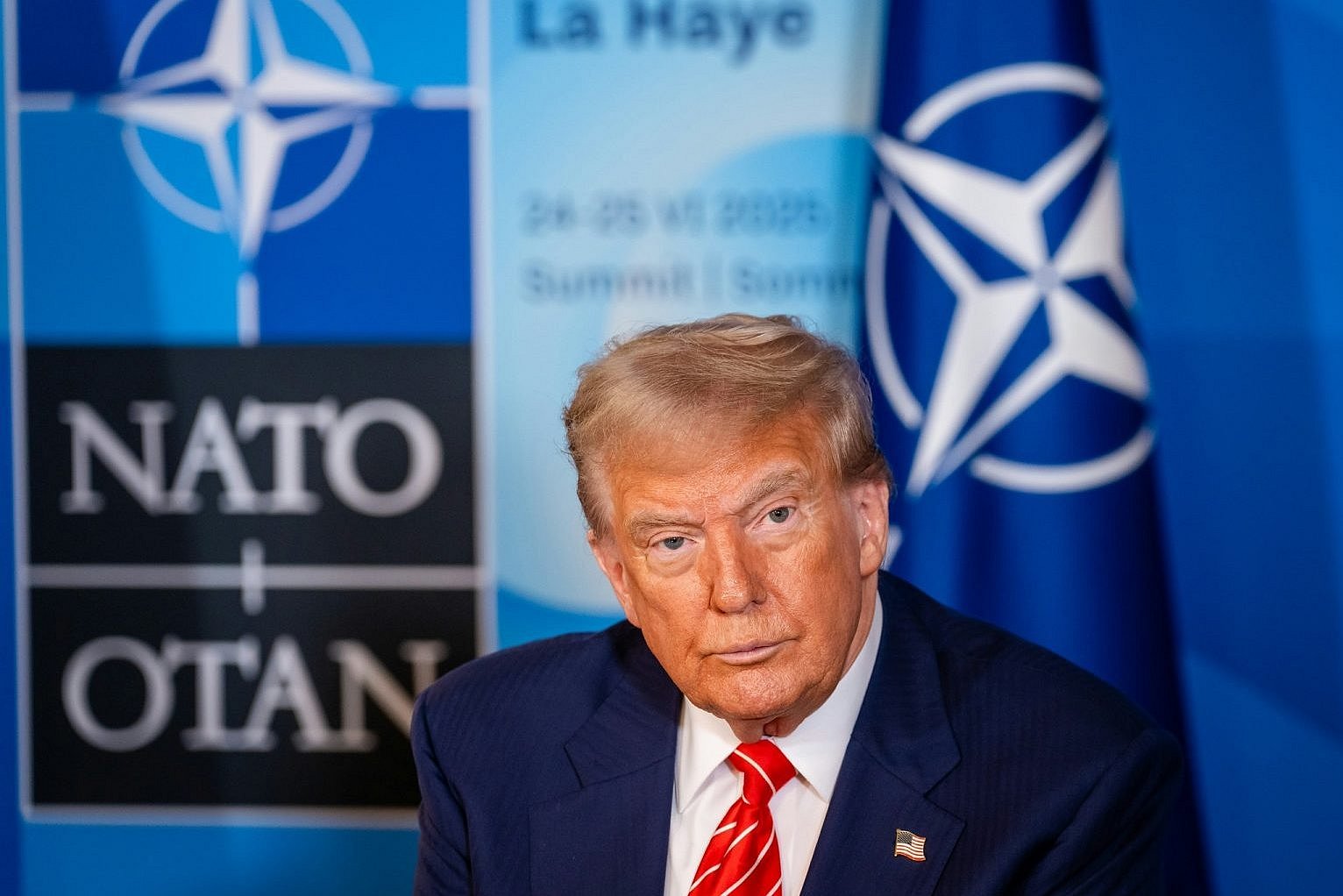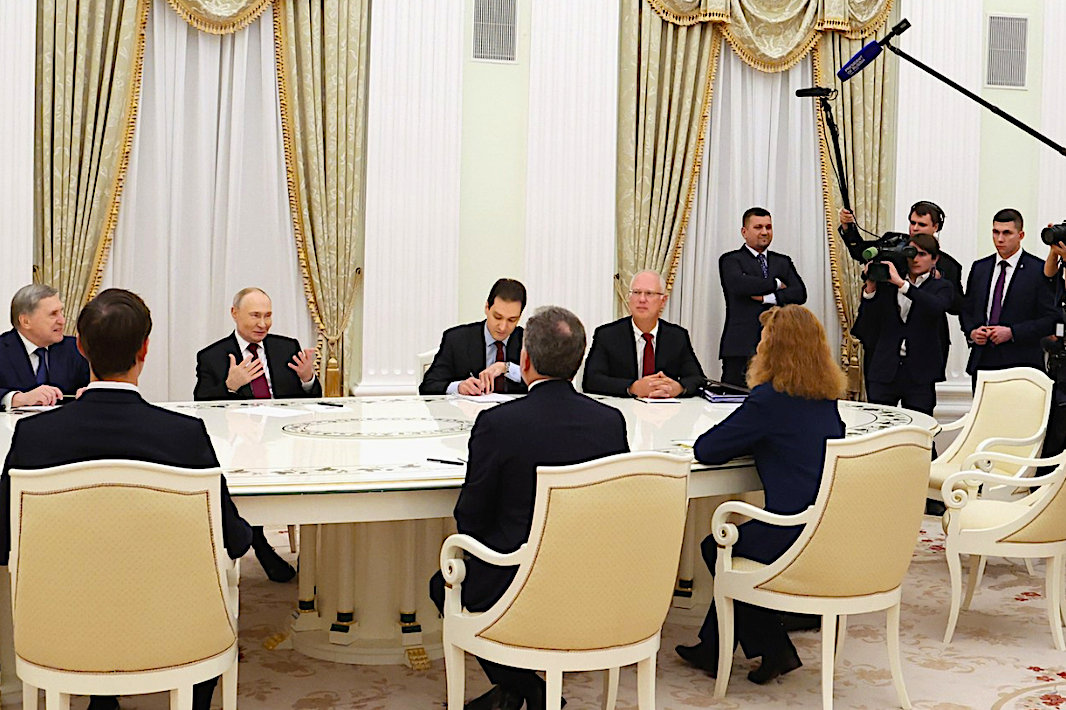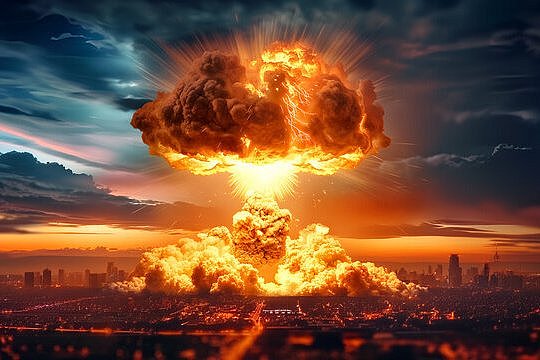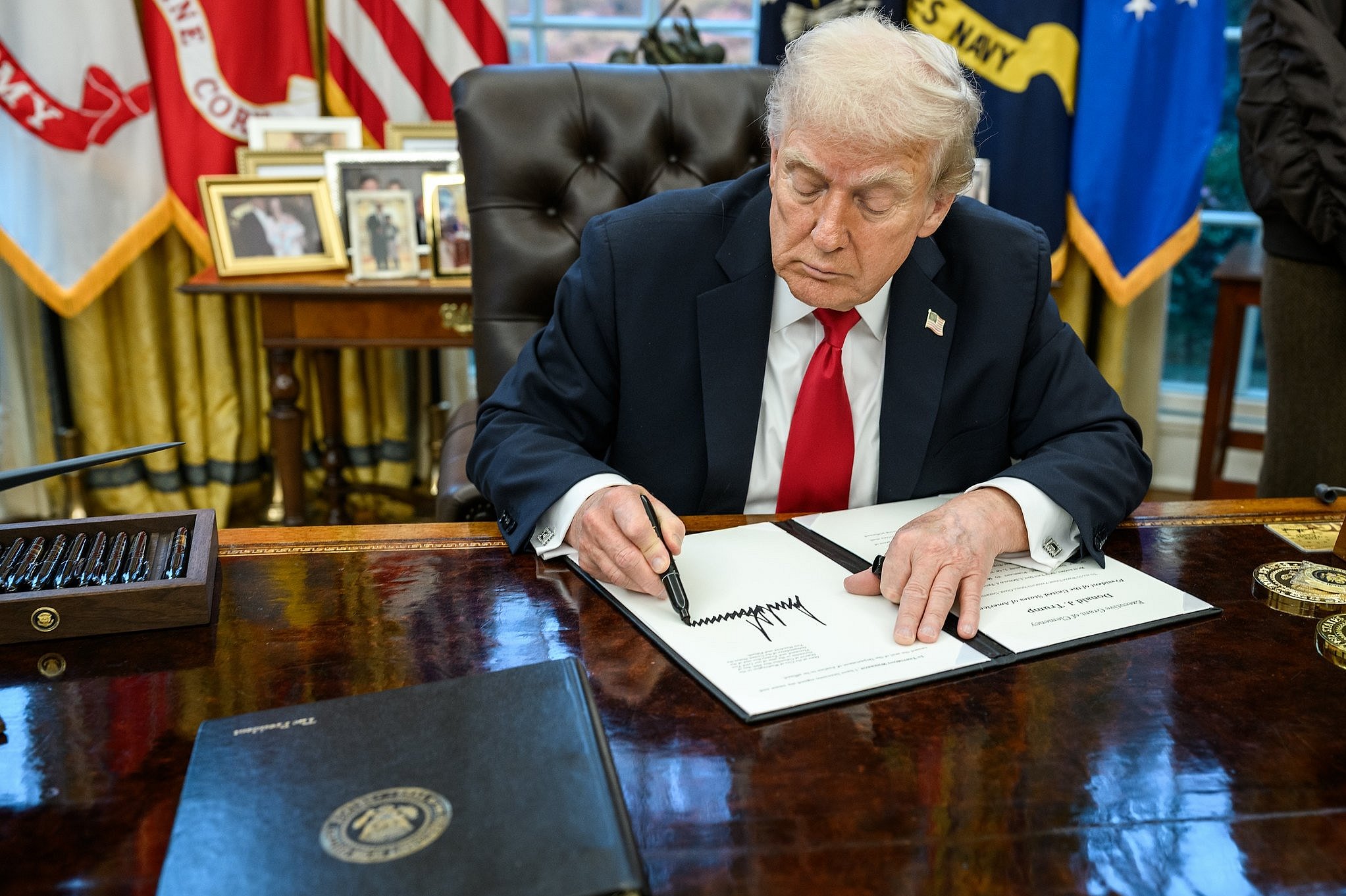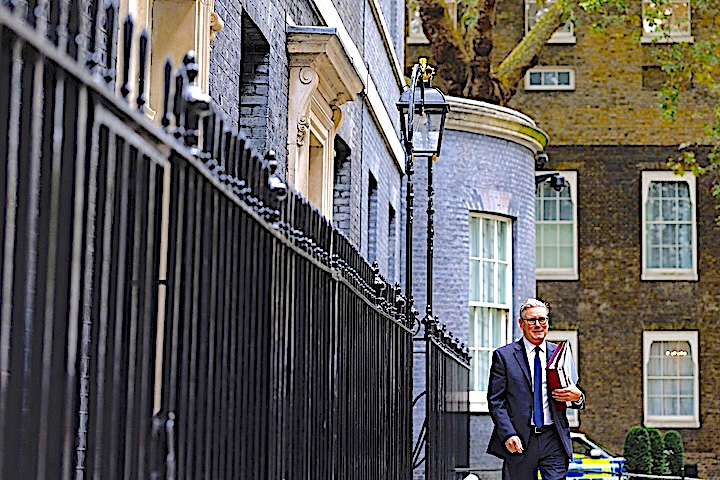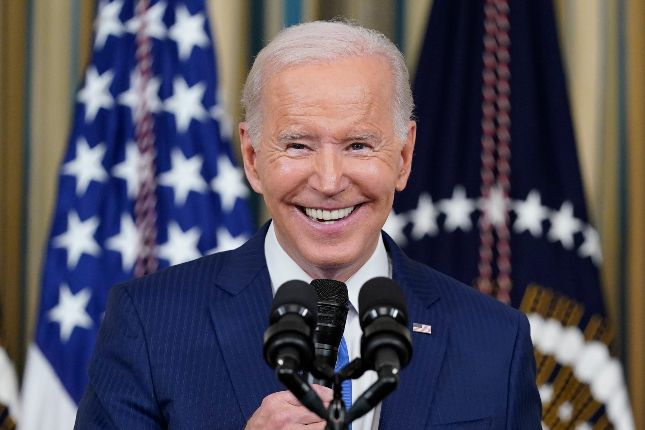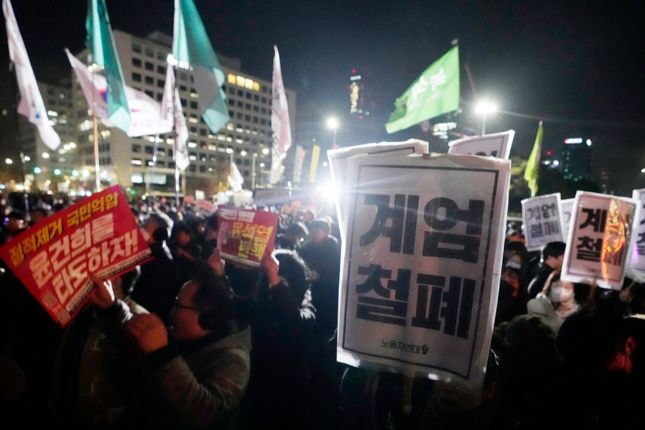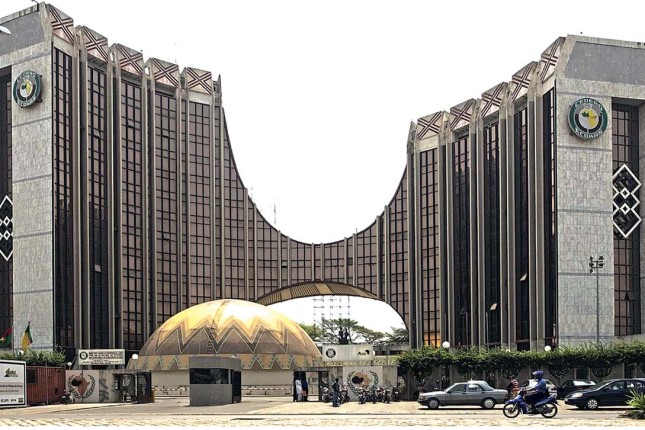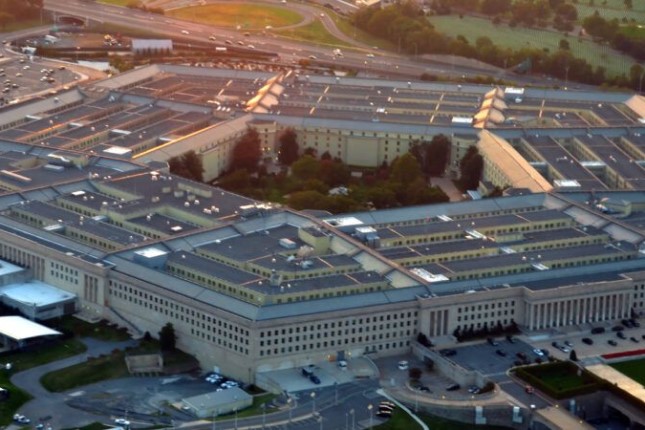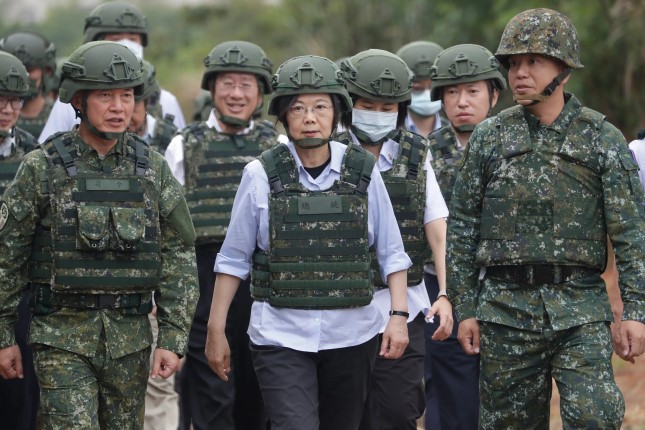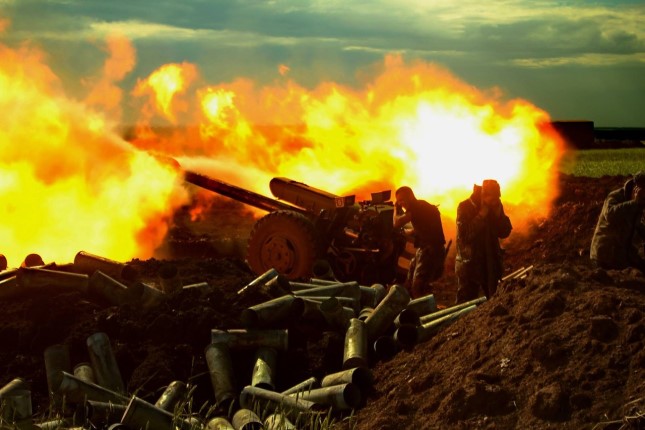The alleged threat that he poses domestically is symbolized by the riot his supporters waged at the Capitol on January 6, 2021. Opponents denounce Trump’s foreign policy views both for being “isolationist” and overly sympathetic to autocrats around the world. Trump’s mere willingness to interact with the latter individuals is deemed to be sufficient evidence of his own evil inclinations.
Aside from the internally contradictory aspects of the two criticisms, a key problem with the overall thesis about Trump’s alleged radicalism is that the substance of U.S. foreign policy did not change very much during his first term. Yes, his administration sometimes expressed pointed criticism of U.S. allies and security clients, especially NATO’s European members. But the dominant theme of Trump’s criticism was that those countries were not doing enough for either their own defense or the collective military missions that Washington led. His tone was sharper and more confrontational, but the content of his criticisms differed little from the complaints that previous administrations (going as far back as Dwight Eisenhower’s) had expressed about a lack of burden-sharing in the Alliance.
A shift in tone rather than substance is likely to constitute the principal change during the second Trump administration. Trump’s predecessors in both Democratic and GOP administrations have strongly touted Washington’s alleged support for democracy around the world. That stance complemented America’s supposed commitment to a globalist economic system after World War II. The promiscuous use of the term “free world” was an essential component of the overall U.S. propaganda strategy.
Many of the countries and political factions that Washington supported did not merit that designation, even if the most vague and generous definition was used. When U.S. policymakers and their allies in the establishment news media applied the free world label to regimes run by the likes of South Korea’s Chun Doo Hwan, Taiwan’s Chang Kai-shek, the Shah of Iran Nicaragua’s Manuel Noriega, and an array of military dictators throughout Latin America, the Middle East, and Sub-Saharan Africa, it is hard to conclude that U.S. official policy was little more than cynical propaganda concealing a variety of far less savory objectives and motives.
Such U.S. conduct has persisted throughout the so-called post-Cold War era. For example, both the Obama and Biden administrations, as well as their conduits in the press, routinely portrayed Syria’s Islamist rebels as “freedom fighters” against Bashar al-Assad’s secular dictatorship. Secretary of State Hillary Clinton initiated Washington’s financial and military support for the insurgency in 2011, and Washington’s assistance was instrumental in the ultimate victory of Hay’at Tahrir al-Sham (HST) in December 2024. Washington’s rhetoric about the political orientation of the anti-Assad forces was a typical model of duplicity.
The whitewashing of Syria’s Islamist rebels, though, was eclipsed by the deceptive propaganda campaign Washington has waged on behalf of its clients in Ukraine. The West’s foreign policy establishment (aptly nicknamed “the blob”) has misrepresented its own role in that country and the nature of the faction it has supported.
Biden and his minions routinely portray Russia’s February 2022 invasion as “unprovoked” and the current Ukrainian government of Volodymyr Zelensky as a symbol of democracy. Both contentions are false. The United States and its NATO allies repeatedly engaged in provocative policies that intruded into Russia’s sphere of influence and even into the country’s core security zone. NATO’s overall eastward expansion after the collapse of the Soviet Union was bad enough, but Washington’s determination to install and maintain a puppet government in Ukraine as a de facto NATO military asset became an intolerable provocation to Moscow.
The Biden administration’s continuing campaign to portray the armed struggle between Russia and Ukraine as an existential conflict between authoritarianism and democracy, not only was a gross oversimplification and distortion, it was (and remains) an insult to the intelligence of people around the world.
Those who believe that there will be major changes (either good or bad) in the substance of U.S. foreign policy during Trump’s new term as president are likely to be proven wrong. His administration may try to extricate the United States from its quagmire of a proxy war using Ukraine to weaken Russia. Trump’s frustrations with NATO generally may even reach the point of de-emphasizing Washington’s military role in Central and Eastern Europe. Such moves would benefit the American people. On the other hand, Trump’s renewed tenure is likely to lead to greater U.S. tensions with both China and Iran. His intensified focus on Mexico and the rest of the Western Hemisphere could produce an assortment of new or enhanced troubles. Few people imagined that Greenland’s status would become a significant issue, for example.
Manifestations of change, though, are likely to be more stylistic and geographical than truly transformative. The phony justifications about defending or promoting “democracy” around the world that have characterized so many recent administrations will fade. Trump is an old-style, unabashed nationalist and imperialist. He has more in common with Theodore Roosevelt than with members of the early 21st century political and foreign policy elites in either party. U.S. foreign policy may well become less hypocritical with him at the helm, and some geographic priorities may shift, but there is little evidence that overall it will become less activist.
Source: AntiWar.
